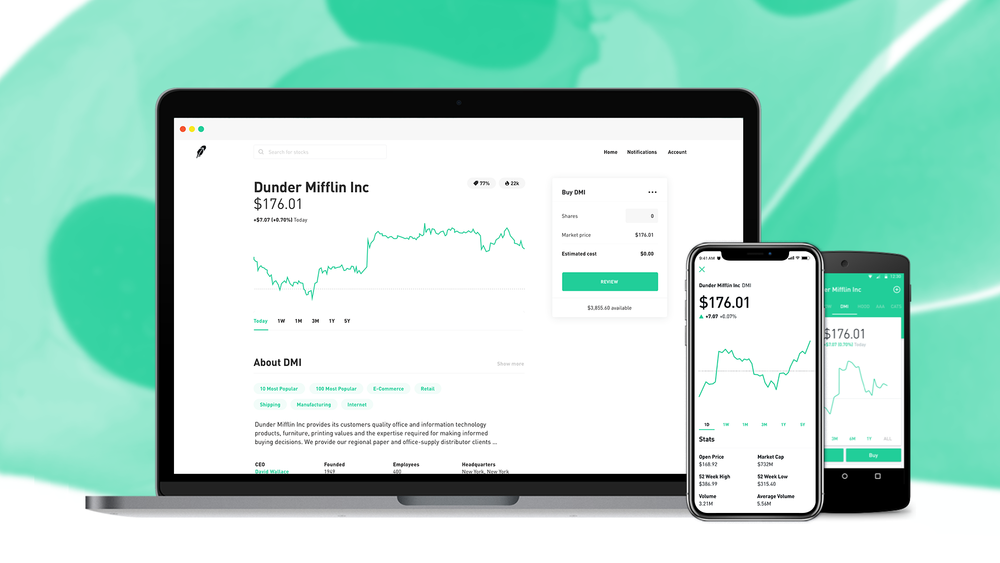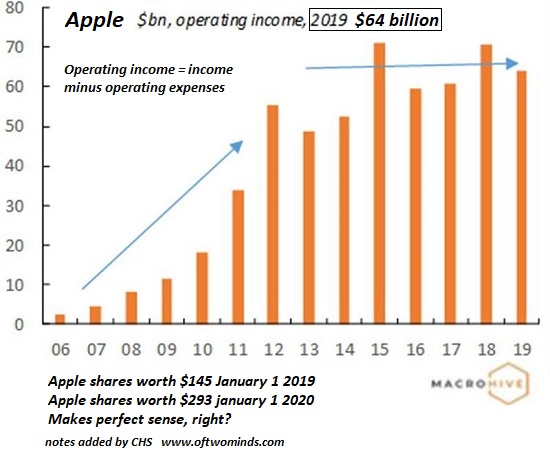
The adjusting entry for a depreciation expense involves debiting depreciation expense and crediting accumulated depreciation. In the general ledger, Company A will record the depreciation amount for the current year as a debit to a Depreciation expense account and a credit to an Accumulated Depreciation contra-asset account. The journal entry for depreciation is considered an adjusting entry, which are the entries you’ll make prior to running an adjusted trial balance. A commonly practiced strategy for depreciating an asset is to recognize a half year of depreciation in the year an asset is acquired and a half year of depreciation in the last year of an asset’s useful life. This strategy is employed to more fairly allocate depreciation expense and accumulated depreciation in years when an asset may only be used part of a year.
Accumulated depreciation is a contra asset account (an asset account with a credit balance) that adjusts the book value of the capital assets. So if a fixed asset that was purchased for $100,000 has $90,000 of accumulated depreciation, the book value of this asset would only be $10,000. The accumulated depreciation account represents the total amount of depreciation that the company has expensed over time. Each year when the accumulated depreciation journal entry is recorded, the accumulated depreciation account is increased. The balance sheet reflects the accumulated depreciation as a contra-asset account, which reduces the value of the asset account. The accumulated depreciation account is recorded on the balance sheet and shows the total depreciation expense incurred since the asset was acquired.
Purpose of Journal Entry for Depreciation
This method is commonly used by companies with assets that lose their value or become obsolete more quickly. Even if you’re using accounting software, if it doesn’t have a fixed assets module, you’ll still be entering the depreciation journal entry manually. For those still using ledgers and spreadsheets, you’ll also be recording the entry manually, but in your ledgers, not in your software. As a contra account, accumulated depreciation reduces the book value of that asset on the balance sheet. The net book value of an asset is determined by taking the sum of the fixed asset account – which has a debit balance – and the accumulated depreciation account – which has a credit balance. Over time, the net book value of an asset will decrease until its salvage value is reached.

Those accounting methods include the straight-line method, the declining balance method, the double-declining balance method, the units of production method, or the sum-of-the-years method. In general, accumulated depreciation is calculated by taking the depreciable base of an asset and dividing it by a suitable divisor such as years of use or units of production. Depreciation is the gradual charging to expense of an asset’s cost over its expected useful life.
In other words, it reduces the amount of income that a company has to pay taxes on. The furniture’s salvage value is zero, and it is decided to provide depreciation @ 10% p.a. The amount of depreciation charged on various assets is considered a business expense. The accumulated depreciation of the van will increase by $2,000 for each year of its useful life. Emilie is a Certified Accountant and Banker with Master’s in Business and 15 years of experience in finance and accounting from corporates, financial services firms – and fast growing start-ups.
Businesses should also be aware of the impact of depreciation on their financial statements and how it affects the net income and book value of their assets. Several factors can affect the depreciation of an asset, such as wear and tear, obsolescence, and market conditions. The depreciation rate may vary depending on the type of asset, the method of depreciation accumulated depreciation journal entry used, and other factors. When an asset is disposed of (sold, retired, scrapped) the credit balance in Accumulated Depreciation is reduced when the asset’s credit balance is removed by debiting Accumulated Depreciation. In the explanation of how to calculate straight-line depreciation expense above, the formula was (cost – salvage value) / useful life.
Straight-line method of depreciation
However, when your company sells or retires an asset, you’ll debit the accumulated depreciation account to remove the accumulated depreciation for that asset. For example, say Poochie’s Mobile Pet Grooming purchases a new mobile grooming van. If the company depreciates the van over five years, Pocchie’s will record $12,000 of accumulated depreciation per year, or $1,000 per month. One of the advantages of the straight-line method is that it is easy to understand and apply. Additionally, it provides a consistent and predictable depreciation expense over the useful life of the asset, which can be helpful for budgeting and financial forecasting.
- When using MACRS, you can use either straight-line or double-declining method of depreciation.
- Accumulated depreciation is a contra asset account (an asset account with a credit balance) that adjusts the book value of the capital assets.
- To record a depreciation journal entry, businesses need to calculate the depreciation expense for the asset.
The declining balance method of depreciation does not recognize depreciation expense evenly over the life of the asset. Rather, it takes into account that assets are generally more productive the newer they are and become less productive in their later years. Because of this, the declining balance depreciation method records higher depreciation expense in the beginning years and less depreciation in later years.
Double declining depreciation
To calculate the annual depreciation expense using the SYD method, the remaining useful life of the asset is divided by the sum of the digits of the useful life. This percentage is then multiplied by the depreciable cost of the asset, which is the original cost minus the estimated salvage value. The straight-line method is a commonly used method for calculating depreciation, especially for assets that have a predictable useful life. The straight-line method involves dividing the cost of an asset by its useful life to determine the annual depreciation expense. There are various methods that businesses can use to calculate depreciation, including the straight-line method, declining balance method, and sum-of-the-years-digits method.
Form 10-Q IMMUNIC, INC. For: Jun 30 – StreetInsider.com
Form 10-Q IMMUNIC, INC. For: Jun 30.
Posted: Thu, 03 Aug 2023 10:50:56 GMT [source]
When recording a journal entry, you have two options, depending on your current accounting method. The accumulated depreciation journal entry is recorded by debiting the depreciation expense account and crediting the accumulated depreciation account. The accumulated depreciation account has a normal credit balance, as it offsets the fixed asset, and each time depreciation expense is recognized, accumulated depreciation is increased. It is important for businesses to keep accurate records of their assets and depreciation expenses for tax purposes.
Alert: highest cash back card we’ve seen now has 0% intro APR until nearly 2025
However, the rate at which the depreciation is recognized over the life of the asset is dictated by the depreciation method applied. This method is calculated by adding up the years in the useful life and using that sum to calculate a percentage of the remaining life of the asset. The percentage is then applied to the cost less salvage value, or depreciable base, to calculate depreciation expense for the period. Though similar sounding in name, accumulated depreciation and accelerated depreciation refer to very different accounting concepts.
- Additionally, it does not take into account the time value of money, which means that the depreciation expense may not reflect the actual decrease in the value of the asset over time.
- This will change each year, as you would use the new book value, which would be $1,300 (the original price of the asset minus the amount already depreciated), to calculate the following year’s depreciation.
- For example, if Poochie’s just reported the net amount of its fixed assets ($49,000 as of December 31, 2019), the users would not know the asset’s cost or the amount of depreciation attributed to each class of asset.
- Instead, the balance sheet might say “Property, plant, and equipment – net,” and show the book value of the company’s assets, net of accumulated depreciation.
- Double declining depreciation is a good method to use when you expect the asset to lose its value earlier rather than later.
For tangible assets such as property or plant and equipment, it is referred to as depreciation. Using depreciation allows you to avoid incurring a large expense in a single accounting period, which can severely impact both your balance sheet and your income statement. If you’re using different depreciation methods for your GAAP-basis financials and for tax purposes, you’ll have a book-tax difference for depreciation, which will go into calculating the company’s tax provision. A liability is a future financial obligation (i.e. debt) that the company has to pay. Accumulation depreciation is not a cash outlay; the cash obligation has already been satisfied when the asset is purchased or financed.
Activity is swept to retained earnings, and a company “resets” its income statement every year. Meanwhile, its balance sheet is a life-to-date running total that does not clear at year-end. Therefore, depreciation expense is recalculated every year, while accumulated depreciation is always a life-to-date running total. Since accelerated depreciation is an accounting method for recognizing depreciation, the result of accelerated depreciation is to book accumulated depreciation. Under this method, the amount of accumulated depreciation accumulates faster during the early years of an asset’s life and accumulates slower later. The philosophy behind accelerated depreciation is assets that are newer (i.e. a new company vehicle) are often used more than older assets because they are in better condition and more efficient.
This method is particularly useful for assets that are expected to lose value more quickly in their early years of use and then decline at a slower rate over their useful life. The account Accumulated Depreciation is a balance sheet account and therefore its balance is not closed at the end of the year. Accumulated Depreciation is a contra asset account whose credit balance will get larger every year. Depreciation expense represents the reduction in value of an asset over its useful life.
How to Prepare an Adjusted Trial Balance for Your Business – The Motley Fool
How to Prepare an Adjusted Trial Balance for Your Business.
Posted: Wed, 18 May 2022 16:54:21 GMT [source]
After two years, the accumulated depreciation account would show a total depreciation expense of $20,000, and the asset account would show a book value of $30,000 ($50,000 cost minus $20,000 accumulated depreciation). It is important for businesses to choose the method of depreciation that best suits their needs and to ensure that they are following the guidelines for calculating and recording depreciation expenses. This includes keeping accurate records of their assets, including their cost, useful life, and salvage value, as well as the depreciation expenses incurred over time.
Each year the contra asset account referred to as accumulated depreciation increases by $10,000. For example, at the end of five years, the annual depreciation expense is still $10,000, but accumulated depreciation has grown to $50,000. It is credited each year as the value of the asset is written off and remains on the books, reducing the net value of the asset, until the asset is disposed of or sold. It is important to note that accumulated depreciation cannot be more than the asset’s historical cost even if the asset is still in use after its estimated useful life.

From the amortization table above, we will deduct $30,000 from the current net asset value of $65,000 at the end of year 5 resulting in a $35,000 depreciable cost. Then divide the depreciable cost of $35,000 by the 3 years of useful life remaining. The fixed asset will now have an updated annual depreciation expense of $11,667 for each year of its remaining useful life. This method first requires the business to estimate the total units of production the asset will provide over its useful life. Then a depreciation amount per unit is calculated by dividing the cost of the asset minus its salvage value over the total expected units the asset will produce. Each period the depreciation per unit rate is multiplied by the actual units produced to calculate the depreciation expense.
